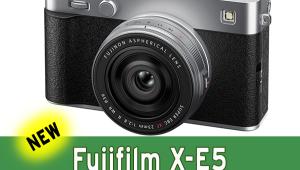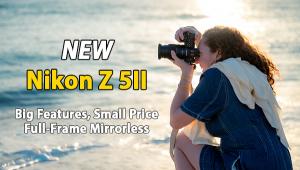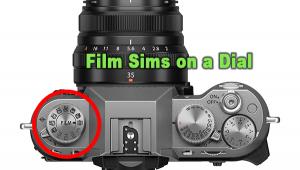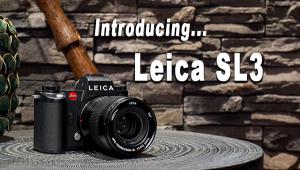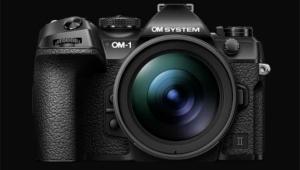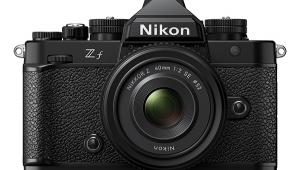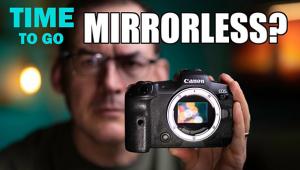See What the New Nikon Z7 Mirrorless Camera Looks Like Inside in This Revealing Teardown
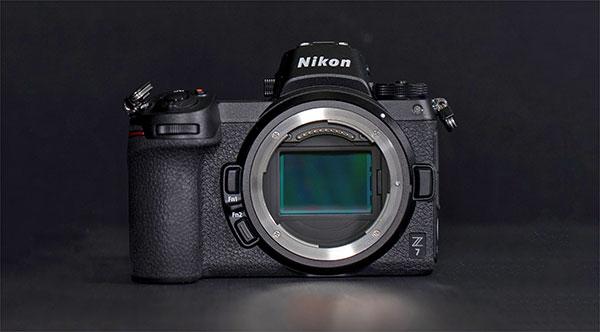
(Editor’s Note: This piece is an excerpt of a story by Roger Cicala, the founder of LensRentals.com. To read the full Nikon Z 7 teardown article, click here.)
We published our teardown of the Canon EOS-R and then had to decide which of the Nikon Z cameras to do. We decided to go with the top-end Nikon Z7. The Nikon Z6 would be the more appropriate comparison from a price standpoint; the Nikon Z6 is retailing for $2145, the Canon EOS-R for $2299, and the Nikon Z7 for $3545. (FWIW, the Sony A7R III splits the difference, at $3,000.) But we had a Z7 and didn’t have a Z6. And honestly, I was more interested in what the top-end camera looked like inside.
Yes, I know fanboys are going to go berserk about it being an unfair comparison, but fanboys are going to get upset no matter what I do. Nikon shooters will legitimately wish I’d compared both the Z6 and Z7 to help with decision making. I’ll probably crack a Z6 open just to peak at differences when we get them, but I probably won’t make a full tear down.
I also want to mention that the good guys at Kolarivision (I highly recommend them, BTW, should you ever want an IR conversion) have already done a Z7 teardown. I think the two teardowns will complement each other. They give you a great look at the sensor assembly, because removing sensor assemblies all day is what they do, so we just left that alone. We’re going to focus more on the other parts of the camera because repairing dead cameras (and looking for weak points) is what we do. We won’t take out the sensor because I have too much to do, and that part is already done well by Kolarivision.
Nikon Z7 Teardown
Well, the first difference comes early: the viewfinder rubber is clip-on, where the Canon’s was attached with screws. You guys can go ahead argue for a few hours about which is better or worse; I don’t think it matters.
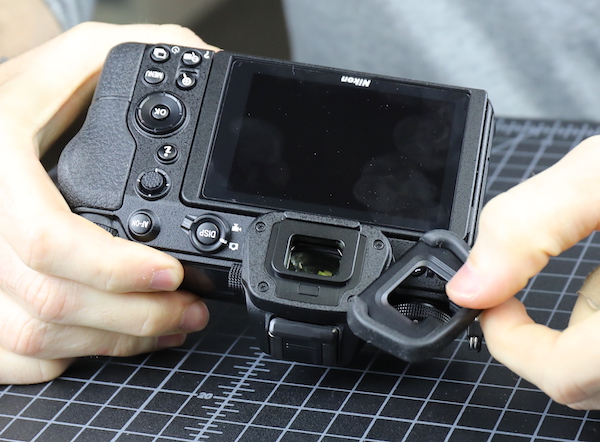
Opening the doors and looking around shows a lot of weather-resisting gaskets everywhere. There is more robust door sealing than we saw on either the Canon EOS R or the Sony A7RIII.
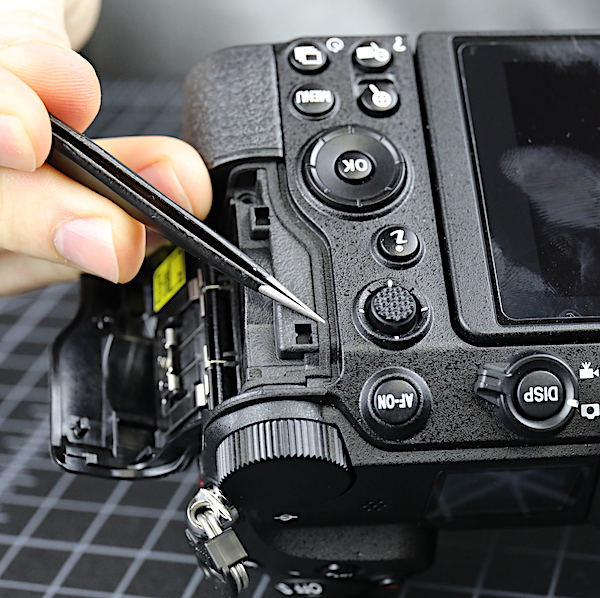
While the Canon had a new type of bracket for their fully rotating LCD, the Nikon has a tilting LCD with standard bracketing that we’ve seen on numerous cameras. It’s tried-and-true, I have no worries about it; tilt brackets are less stressed than rotating-tilting brackets.

Anyway, with external inspection out of the way, we started taking out the obvious screws.

And removing the grip rubber. Another thing that makes absolutely no difference to anyone but us, but we got spoiled with Canon’s new adhesive. Nikon uses more of a ‘you ain’t getting this off without a fight and a heat gun’ adhesive. Kind of a pain for disassembly/reassembly, but the strong adhesive, along with lots of overlapping edges covered by the grip rubber is kind of impressive. In many places the plastic shell doesn’t just interlock; it overlaps, screws together and then is covered with rubber grip and adhesive. That should not only give a superior weather seal, but it’s also probably giving some added strength to the assembly.
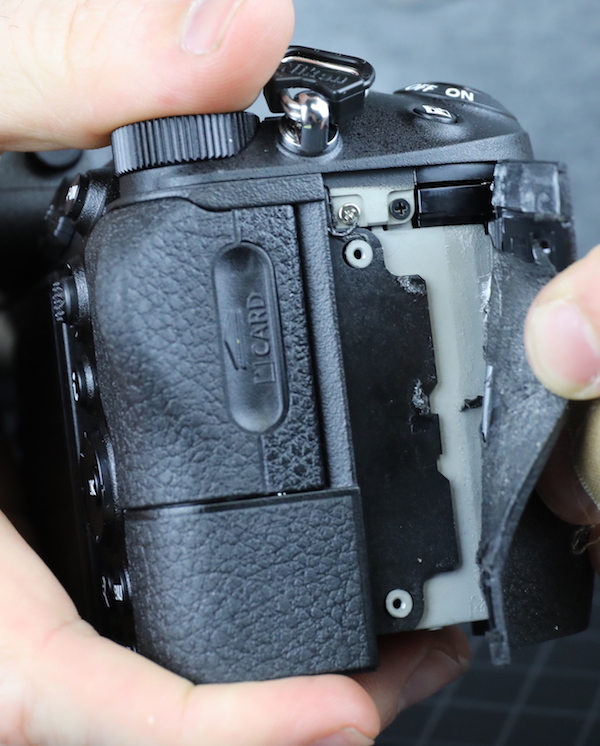
Nikon cameras tend to want the bottom plate removed before going on to other things, so we started there.

Those of you who read a lot of my teardowns know that my life revolves around mocking Nikon for having actual wires (how 80’s) winding hither and yon in the camera. I’m pleased to see they’ve obviously been listening to me because the first thing we see is a wire neatly held in a bracket. The white color makes me think it’s a WiFi antenna wire.

The bottom plate, again, has thick weather gaskets both around the edges and at the tripod mount.
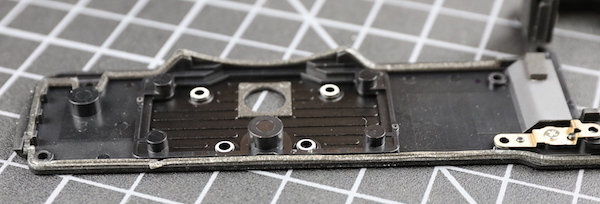
The tripod mounting plate itself is OK, but certainly neither as robust as, nor is the screw insert as long as the Canon. When will this matter? Probably never, but I would be careful not to insert an overly long tripod plate or accessory screw on this camera; you might pop the top of the socket off.

With grips off and screws out, the back panel and LCD assembly slide right off.
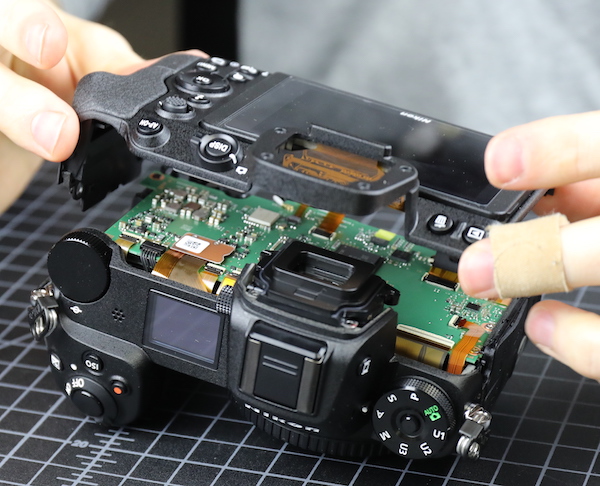
And at this point, things look much like any Nikon SLR disassembly. You can see the end of that white wire inserting into a plug on the PCB which confirms its WiFiness.

And let me give props where they are due: there is not a soldered wire to be seen, flexes are neatly laid out, and runs are short. It’s an immaculate and thoughtful design.
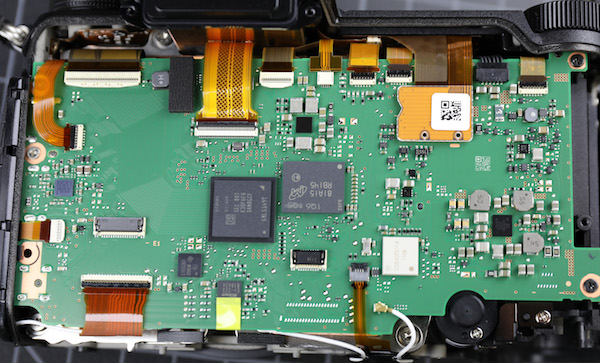
Let’s also praise some thorough weather sealing. Here you see it along the top.
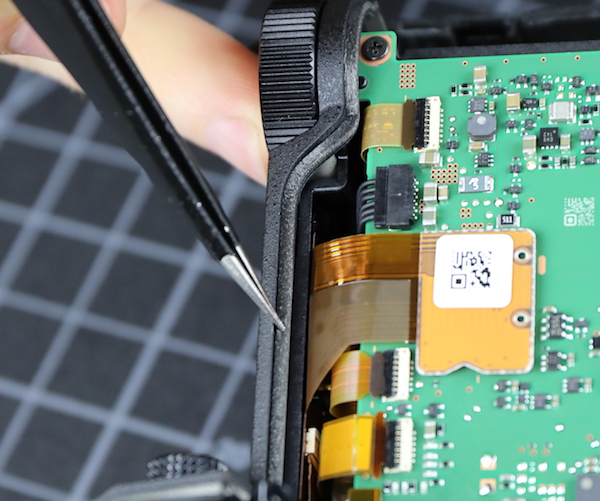
And here along the sides.

And, of course, the buttons are all well sealed. I think we can safely assume that all cameras have well-sealed buttons these days, but the Nikon Z7 has great sealing everywhere we looked.
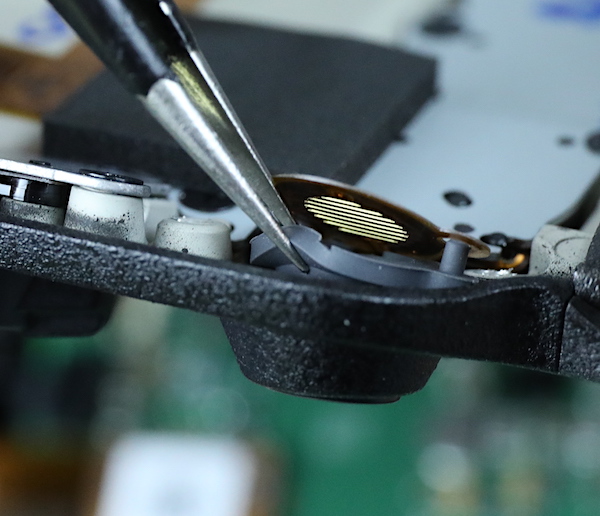
With the bottom and back off we can get a nice look up from the bottom at the various boards. If you compare it from a similar view of the Canon EOS R near the end of that post, you can see that there’s a lot less air in the Nikon, mostly because there’s a lot of IBIS in there.

Read the full Nikon Z 7 mirrorless camera teardown story with additional images and information on LensRentals’ blog. Read the Canon R mirrorless camera teardown story here.
